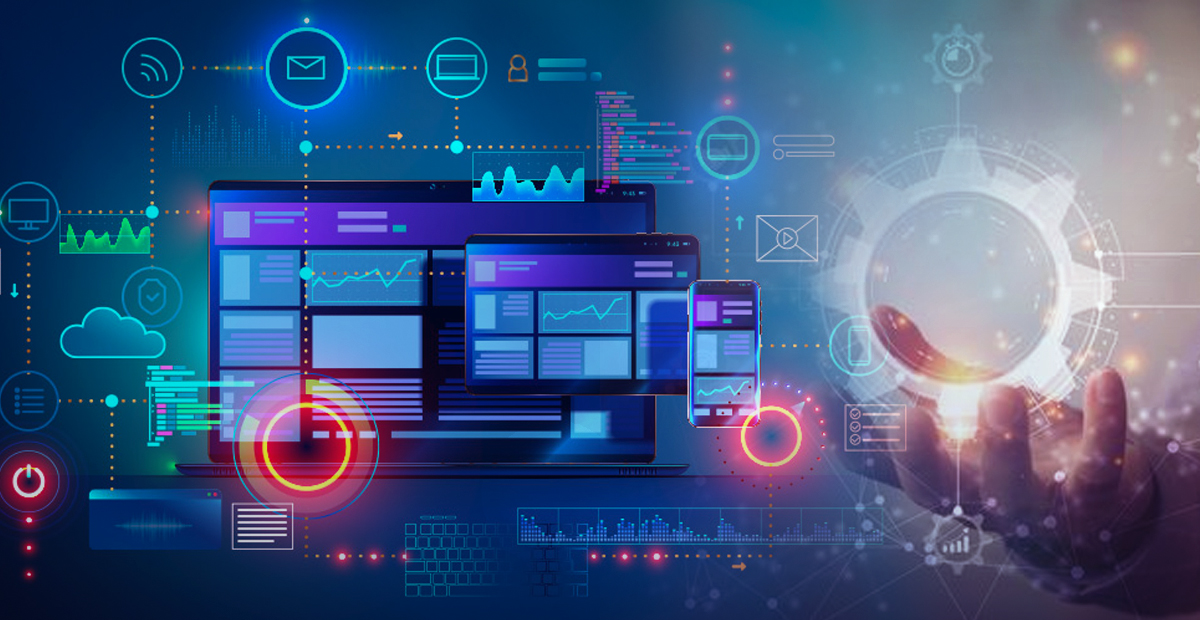To sustain in this competitive business world, most organizations are building a new strategy & adopting new updated technology. Hence the adoption of new technology is no longer a requirement for a company, it’s a need in the economic environment. New technologies are changing rapidly in the world. Companies maintaining the legacy application system may feel comfortable with their level but sooner the IT departments of the company will decide to have legacy application modernization services due to various challenges that slow down their work progress and productivity.
Legacy Application Modernization Services
What is a Legacy system?
A legacy system is an outdated older technology in the form of software/hardware used by companies for their process. Despite their security risks, restricted functionalities, and obsolete infrastructure some companies still hold the legacy systems in their regular business operations which may lead them to risk.
Importance of Legacy Application Modernization Services:
1. Security Risks :-
Legacy systems often present security risks as they are inherently older technologies maintained by the company which were not supported by the company or vendor in the first place. Due to a lack of regular maintenance, they are pushed to vulnerabilities as the legacy system is not managed by new updates or patches needed to stay secure. Hence poor data security may lead the company to risk irrespective of its industry.
2. Inefficiency & Unpredictability :-
The legacy system can be efficient for the year they are constructed but they cannot support the same in the era of updated new technologies as they can hamper productivity and contribute to the inefficient process flow. They cannot be able to handle multiple data types or retain latency in data movements thus creating an inefficient workflow.
3. Data insights and Dashboard :-
Most of the updated application software is capable to provide advanced reporting metrics and deep data insights that support business decision-making. Whereas in the legacy application system the visibility into data flow is very low. Though legacy application modernization is a daunting task for any company, if the software isn’t upgraded then definitely the company has to suffer from the above risks.
So, How you Should Upgrade your Legacy System?
Trying to get details on legacy system upgradation through google search will not definitely guide you in that perfectly fits your organization. Here are a few things that you should pay attention to or utilize while upgrading your legacy software.
1. Lift and Shift :-
Moving your old server into a new cloud server is not an easy task. You can’t just pick and shove your old server into the cloud. Sometimes if your business is running on outdated hardware then signing up for a new version is difficult. Cloud services like AWS, Azure, or GCP can only support the latest few versions of the operating system. It’s the cheapest model in terms of money, time, and effort.
2. Rewrite Scratch :-
Some companies despise this approach as time-wasting and a strategic mistake. But it’s a myth, rewriting a legacy system from the ground up can definitely be the best possible for organizations. The most advantage of completely rewriting software gives high security. This is suitable for companies running in unsecured infrastructure or not having anyone to fix it.
3. Refactoring :-
In cases, where you don’t have time or resources to completely rewrite your legacy system then refactoring it will be a great approach. It’s a process of replacing software into bits and pieces. An example of this approach is instead of storing the client data in the existing system as well as in CRM you streamline the process in a single unified source platform that can allow system integration, erase duplicate data and eliminate synchronization issues. Hence refactoring is a great method of legacy system modernization that will allow your outdated software to move into pieces and replace them with a new updated version.
Upgrade the UI for Legacy Applications
Making something from a scratch is a better approach than fixing something that fails often. Similar approach suits for UI redesigning work for legacy software system. But web app face-lift is always a challenging task for UI/UX designers, they have to find a right balance tool to fix your legacy software. The main advantage of legacy application modernization is its enhances your productivity, security compliance’s and best customer experiences.
Modernizing legacy software is a great thing you take in hand for your business. If you want help hand to tackle all the above approaches, we have an experienced team who can give a credible idea to revamp your legacy applications in the best possible way. Reach us at info@angleritech.com.




